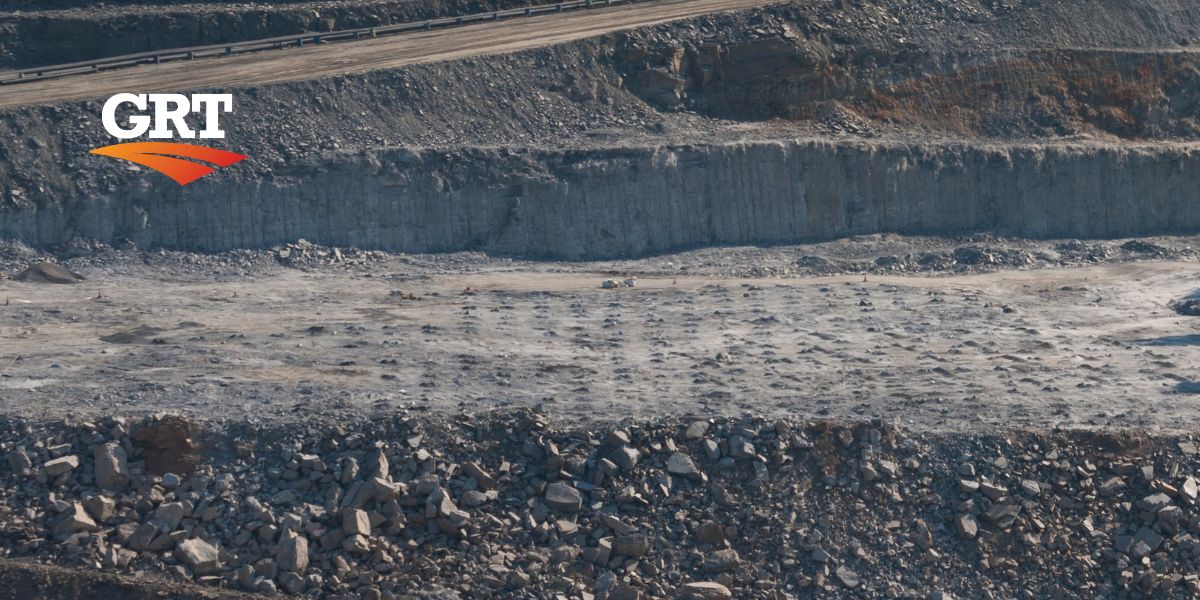Mining leader Newmont has informed the New South Wales Resources Regulator about two employees at its Cadia gold operation near Orange in central west NSW diagnosed with early-stage silicosis. Newmont Mining has communicated to the ABC that the conditions in both employees at Cadia were identified a few years back during routine health checks and have since evolved.
The initial indicators of this incurable respiratory condition are small white markings on an individual’s lungs. Such markings can suggest exposure to silica dust and the potential development of this illness. A representative from Newmont stated that according to health professionals, early identification and preventative strategies can “significantly mitigate the adverse effects of the disease.”
Risk to metal mine workers yet data is insufficient
Silicosis arises from inhaling fine silica dust particles that embed in the lungs, leading to tissue damage. This disease is recognized as work-related and completely avoidable, says prominent lung specialist Associate Professor Deborah Yates. Dr. Yates emphasized,
“No inhalation of silica dust means no silicosis.”
Those working in metal mining face silicosis risks due to silica presence in ore processed to extract metals like gold and copper. However, Dr. Yates highlighted a data shortage on the prevalence of silicosis among metal miners, noting that available statistics often come too late for effective prognosis.
Are environmental regulations, health and safety concerns or potential profit loss a concern right now?
“We mainly get our information from compensation records,” she mentioned.
“But there’s usually a significant delay between diagnosis and when individuals become ill enough to qualify [for compensation].
“We aim to detect it early.”
She cautioned that without a national tracking system and consistent testing, early stages of the disease could go unnoticed. Dr. Yates added, “Many cases likely exist within the community, presenting significant illness from dust exposure, yet remain undiagnosed due to late-emerging symptoms.”
“Without undergoing an X-ray or CT scan for other reasons, detections might be missed.”
Challenges in dust hazard management
Newmont has reported “extensive measures” at the site to reduce employee exposure to respirable crystalline silica, including mandatory respirator use in high-risk zones. The firm also mentioned adopting “mechanical ventilation for dust removal, suppression, isolation, and protective cabins for operators.” The NSW Resources Regulator acknowledged being notified of two silicosis cases at Cadia, conducting a “focused action” at the site to verify compliance with safety standards.
“No significant issues were discovered during the inspection,” the regulator noted.
Dr. Yates stressed the importance of practical application of safety measures.
“Regulations and laws are insufficient without actual on-site attention to dust hazards,” she remarked.
“It’s too easy to skip wearing a mask, only to regret it later.”
Persistent dust problems
Since 2018, dust management has been a persistent issue at the Cadia site, notably after a dam retaining mining waste collapsed. The resulting tailings, or discarded ore, would dry and become prone to airborne dust on windy days, affecting nearby lands and residences.
In 2022, an independent audit found another dust source from the mine. An unfiltered vent above the mine’s underground ore crusher was releasing crushed ore into the air, exceeding legal limits. The company later admitted to four violations of clean air laws in the Land and Environment Court. Two more charges related to alleged air pollution from tailings are set for hearing this month.
In conclusion, managing dust hazards in mining operations is critical for safeguarding the health and safety of workers, as well as ensuring the sustainability of the environment. The pervasive nature of dust in mines, generated through activities such as drilling, blasting, and transportation, poses significant respiratory risks and contributes to long-term health issues, including silicosis and black lung disease. Effective dust control strategies, including the use of water sprays, ventilation systems, and personal protective equipment, are essential in minimizing these risks. Furthermore, the adoption of real-time monitoring technologies offers a proactive approach to detect and mitigate dust levels before they pose a severe threat.
Regulatory bodies play a pivotal role in establishing and enforcing dust exposure limits, emphasizing the industry’s responsibility towards maintaining a safe working environment. The collaborative efforts between miners, management, and policymakers are crucial in advancing the development and implementation of innovative dust control measures. Ultimately, prioritizing dust hazard management in mining not only protects workers’ health but also contributes to the operational efficiency and sustainability of the mining industry.
Dust suppression is a critical issue in the world of mining and resources.
Learn more about GRT’s industry-leading and IoT-connected SMART Dosing Units, and discover how we’re driving better dust suppression solutions for all!
If you’d like to talk with an expert, simply contact us!
Your feedback is important to us.
If you enjoyed reading this Global Road Technology industry update and found it informative, please let us know by leaving a REVIEW
Reference:
Troy Adams
Troy Adams is the Managing Director of Global Road Technology (GRT) Specialising in Engineered Solutions for Dust Suppression, Erosion Control, Soil Stabilisation and Water Management. A pioneering, socially conscious Australian entrepreneur, Troy Adams is passionate about health and safety and providing innovative solutions that are cost-effective to the mining industry, governments and infrastructure sectors. Troy is also a tech investor, director of companies like Crossware, Boost, Hakkasan, Novikov and more.

